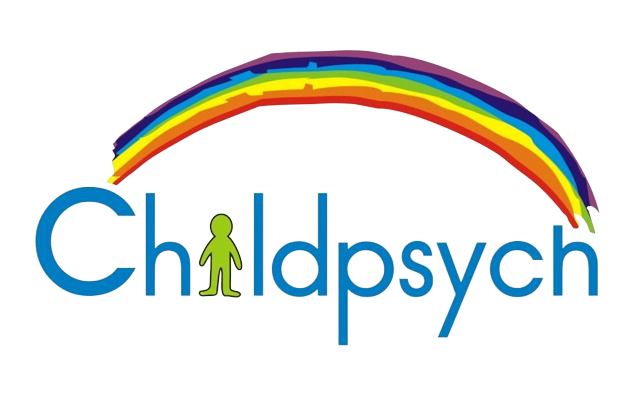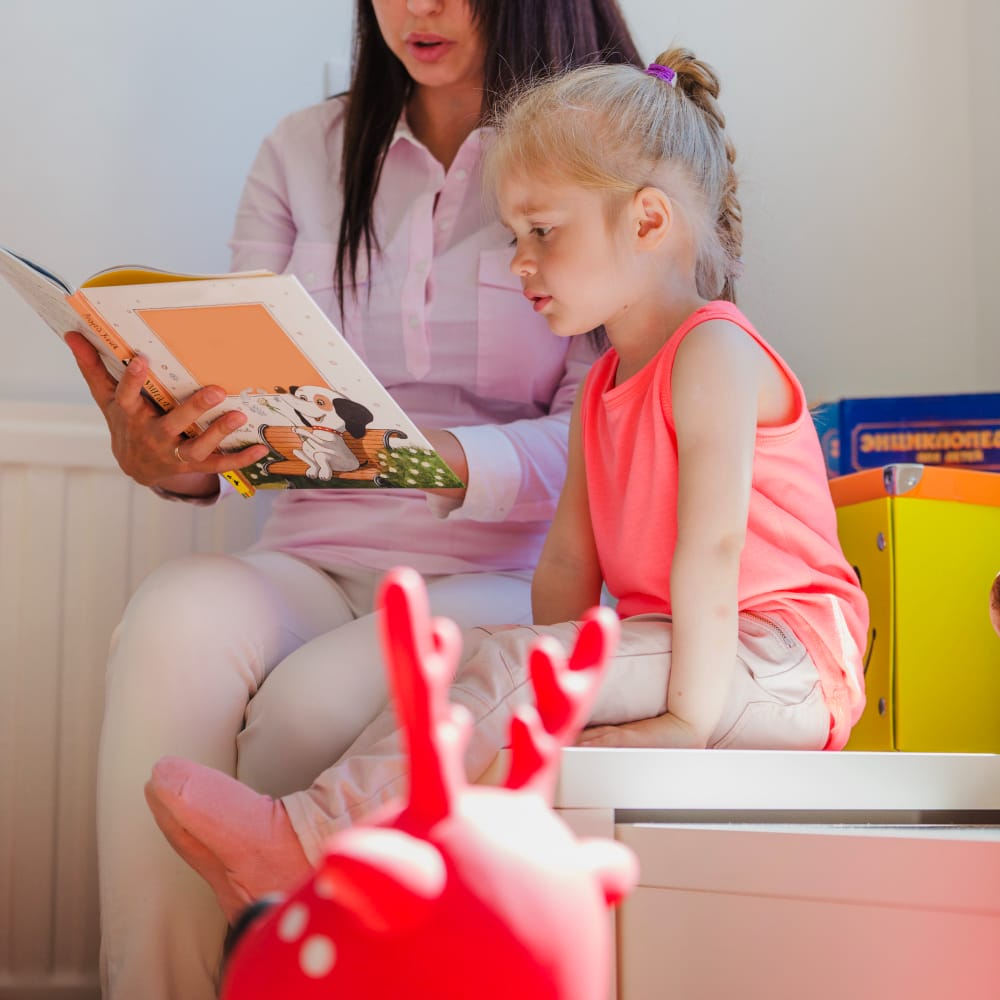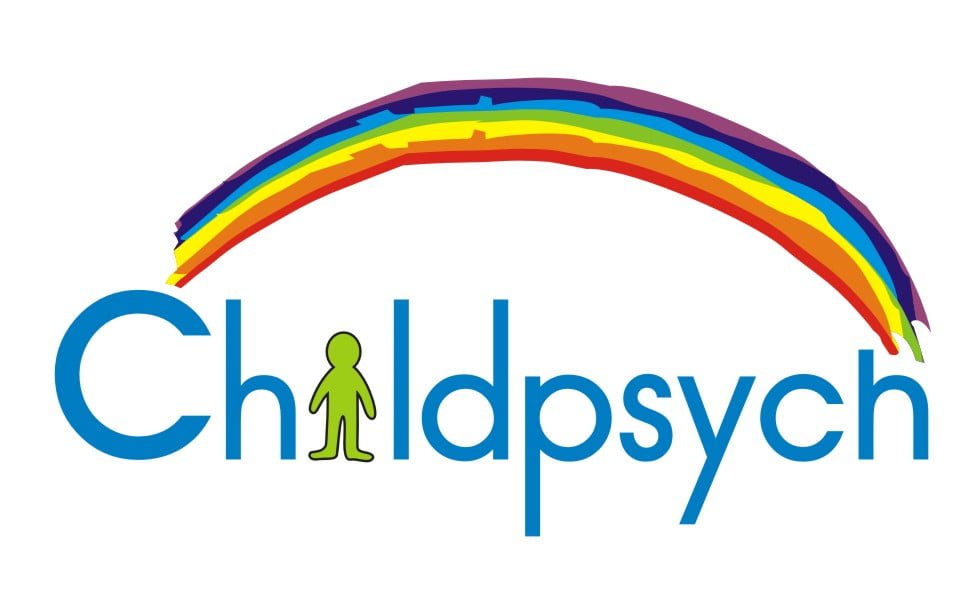As a parent or caregiver of a child with ADHD, you might often find yourself searching for non-medical strategies to help them manage their symptoms. My top recommendation? Encourage them to move. Exercise is not just beneficial for physical health; it’s a powerful tool for mental well-being, especially for children with ADHD.
The Science Behind Movement and ADHD
Exercise triggers the release of endorphins, the body’s natural mood elevators. But the benefits don’t stop there. Physical activity also boosts levels of crucial neurotransmitters like dopamine, serotonin, and norepinephrine. These chemicals are integral to maintaining focus and attention. Dopamine, in particular, is essential for consistent concentration levels, which are often a challenge for children with ADHD.
Innovative Approaches in Schools
Recognizing these benefits, many schools are now incorporating movement breaks into their lesson plans. A particularly ingenious example comes from a resource-limited school where the PE teacher played a vital role. This teacher would visit classrooms throughout the day, asking which students might benefit from a brief exercise break. These children would then run a few laps around the playground before returning to their studies, refreshed and ready to focus.
Simple, Effective Exercises
You don’t need extensive resources or large spaces to incorporate beneficial movement into a child’s day. Here are some simple, effective exercises that can be done almost anywhere:
- Dance Breaks: Put on a favorite song and let the children dance around. It’s fun, and it gets their heart rates up.
- Wall Push-Ups: These are great for building strength and can be done against any sturdy wall.
- Squats: Simple squats can be done in place and are excellent for building lower body strength.
- Stationary Cycling: If you have a stationary bike, a few minutes of cycling can be a great way to burn off excess energy.
Incorporating Movement at Home
At home, you can integrate these activities into daily routines. Set up a dance break after homework, or encourage a quick round of squats or wall push-ups before dinner. If your child has a favorite physical activity, such as playing basketball or riding a bike, make time for it regularly. These activities not only help with ADHD symptoms but also promote overall well-being and create positive habits that can last a lifetime.
Conclusion
Encouraging movement is a simple yet highly effective way to support children with ADHD. By integrating regular physical activity into their daily routines, you can help improve their focus, mood, and overall well-being. Whether at home or school, finding creative ways to get children moving can make a significant difference in managing ADHD symptoms. So, next time you’re looking for a non-medical intervention, remember the power of movement—it might just be the key to unlocking your child’s potential.
Watch a helpful video on this topic below:




